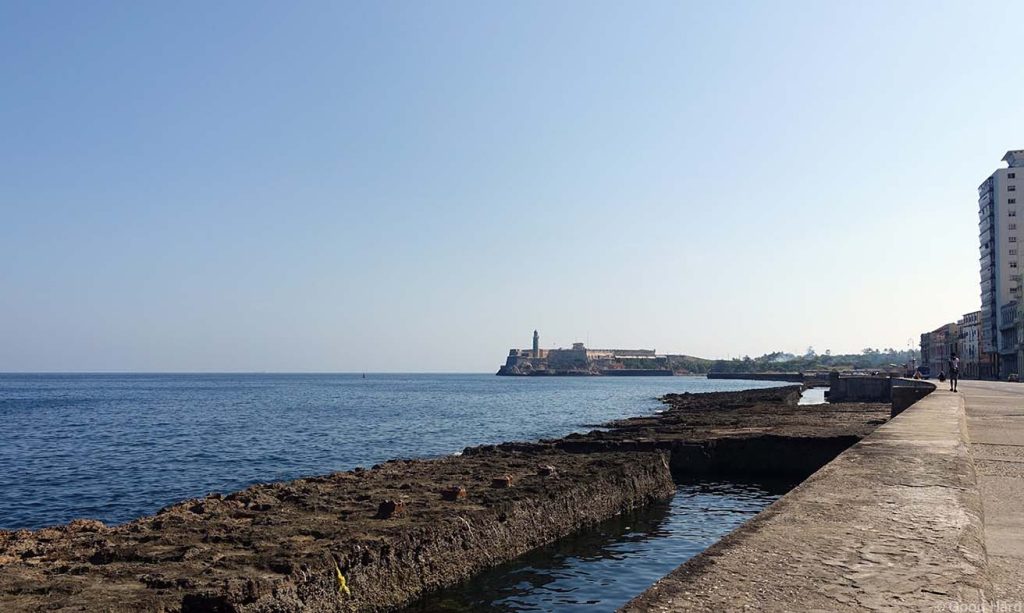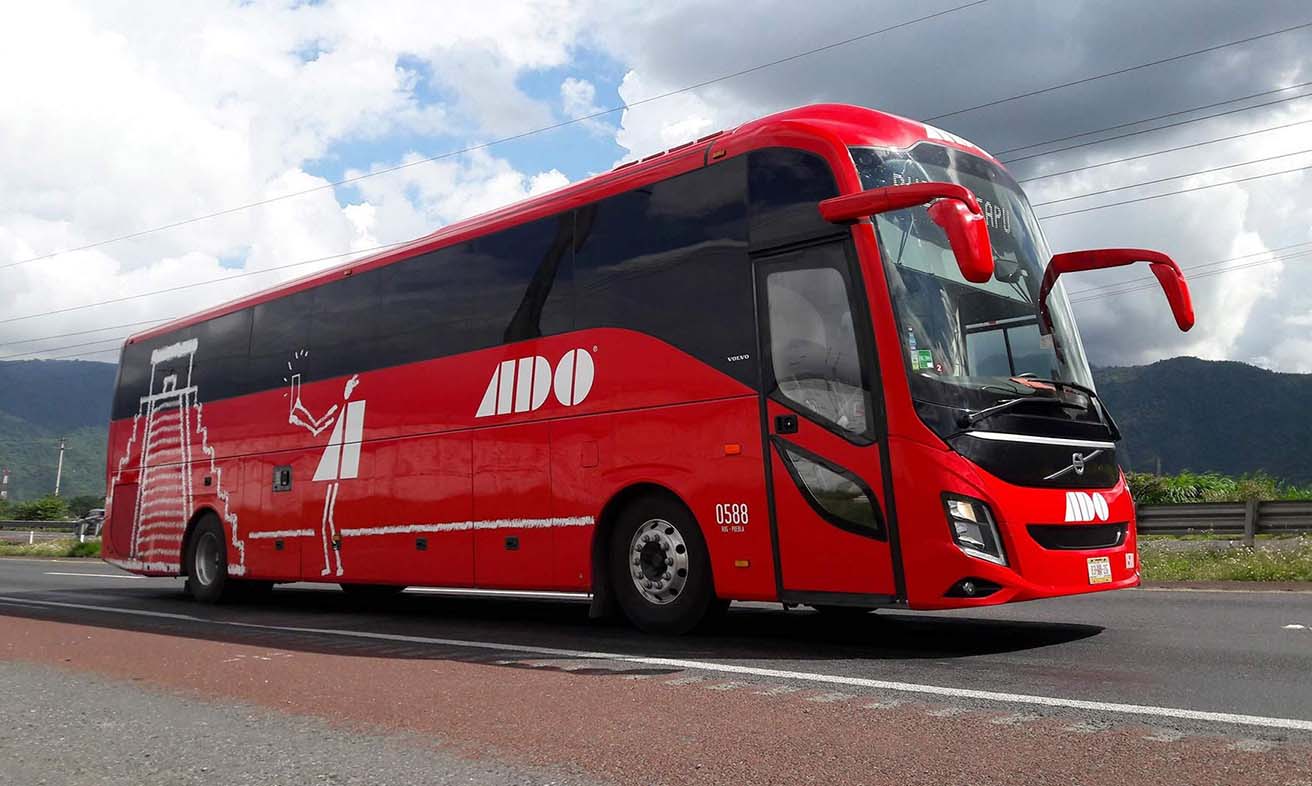On the map, Chetumal and Ciudad del Carmen both sit in southeastern Mexico, separated by just over 500 kilometers. At first glance, the route between them seems straightforward. But when it came to actually making the journey, I quickly realized that theory and reality were two very different things. Before setting out, I did a fair amount of research, spoke with locals and seasoned travelers, and finally figured out a route that balanced both speed and experience. The trip not only brought me to Ciudad del Carmen swiftly but also gifted me a journey full of unexpected moments.
1. Getting to Know Chetumal: Preparations Before Departure
Chetumal, the capital of Quintana Roo, isn’t as internationally renowned as Cancún, but its location near the Belizean border makes it a key transit point for many travelers. I arrived in Chetumal the night before my departure and stayed in a small hotel near the ADO bus terminal downtown. Since I was planning an early departure the next morning, I turned in early that night to ensure I was well-rested.
Beforehand, I carefully examined several transportation options: long-distance buses, driving, carpooling, flights, and even trains (though rail isn’t commonly used for intercity travel in Mexico). After weighing the pros and cons, long-distance buses emerged as the most sensible choice in terms of both time and cost—especially night services offered by well-established companies like ADO and OCC. These night buses are known for being safe, comfortable, and they also conveniently eliminate the need for one night of accommodation.
2. Transportation Options: Weighing the Pros and Cons
2.1 Flights – Theoretically Fastest, Practically Impractical
There are no direct flights from Chetumal to Ciudad del Carmen. While a route involving a layover in Cancún or Mexico City exists, it ends up being unnecessarily time-consuming and expensive. With multiple hours wasted in transit and airport wait times, flying didn’t offer the efficiency I was seeking.
2.2 Driving – Maximum Freedom, But High Costs
Driving gives the ultimate freedom—you can stop wherever you want and explore at your own pace. However, rental fees in Mexico are relatively steep, and the route crosses into more remote parts of Campeche where gas stations and cell signals are scarce. Security concerns also come into play, especially when traveling solo. For groups or experienced local drivers, this could be a great option. But for a solo traveler like myself, the challenges outweighed the benefits.
2.3 Carpooling – Great for Short Hops, Not Ideal for Long Hauls
Services like BlaBlaCar are gaining popularity in Mexico, but long-distance offerings are still sporadic. I checked and found no reliable ridesharing listings for my intended route that day. Besides, with language barriers and the uncertainty of long hours with strangers in confined spaces, it didn’t seem like the right choice.
2.4 Long-Distance Bus – A Rational Middle Ground
The long-distance bus stood out as the best overall option. Regular schedules, overnight routes, and a solid reputation made this a no-brainer. Though not as fast as flying, the overnight aspect made it time-efficient—you sleep through the journey and arrive refreshed in the morning.

3. The Bus Journey: Route from Chetumal to Ciudad del Carmen
I booked a night bus with ADO, departing from Chetumal’s main terminal at 9:00 PM and scheduled to arrive in Ciudad del Carmen around 7:00 AM the next day. The ticket cost approximately 850 pesos, including luggage check-in and basic onboard services.
I arrived at the terminal about an hour early to confirm my seat and drop off my luggage. The station was orderly, with a clean and spacious waiting area that included a convenience store and restrooms. The bus wasn’t full—perhaps 80% capacity—which suggested that many others also preferred to travel overnight to save both time and money.
The seats were reclinable and relatively comfortable. The air conditioning was on the colder side, so a light jacket was a good choice. The bus didn’t offer meals, so I bought a hamburger and a bottle of water ahead of time to keep hunger at bay during the trip.
4. Traveling Through the Night: Sights and Senses in Motion
There wasn’t much to see outside at night, which was ideal for resting. The bus headed west, passing from Quintana Roo through parts of Tabasco and into Campeche. The driver maintained a steady, calm pace—no harsh braking or sudden turns—and the atmosphere in the cabin was quiet and relaxed.
Around 2:00 AM, we made a brief stop in Escárcega, an important junction town for traffic coming from the Yucatán Peninsula. I stepped off for a few minutes to stretch my legs and breathe in the cool, humid air on the edge of the jungle.
Once back on the bus, the lights dimmed again and passengers quickly dozed off. I managed to get some sleep, albeit in short bursts, but it was enough to keep my energy levels up.
5. Arrival in Ciudad del Carmen: Sea Air and Portside Atmosphere
At around 6:50 AM, the bus rolled into Ciudad del Carmen’s ADO terminal. Daylight had already broken, and the coastal breeze carried a salty freshness into the cabin—so different from the landlocked heat of Chetumal.
After collecting my luggage, I exited the terminal and was greeted by a neat line of taxis. The city center was less than a ten-minute ride away. My driver, a friendly middle-aged man, nodded approvingly when he learned I’d taken the overnight bus. “You picked the best time to travel,” he said. “Most folks take the daytime bus and arrive here sweating under the noon sun. You’ve got the whole morning ahead of you.”
6. First Impressions of Ciudad del Carmen: A Bay City at Dawn
Stepping into Ciudad del Carmen, I felt immediately at ease. Despite its name, this place doesn’t feel like a bustling metropolis. The streets are lined with two- or three-story buildings, modest in style and painted in calm hues. Gulls flew low overhead, giving the place a distinct seaside character.
My hotel was conveniently located along the Malecón—the city’s waterfront promenade. From my room’s balcony, I had a sweeping view of the Gulf of Mexico. Morning sea breeze carried a faint briny smell, and I could see small fishing boats already heading out to sea, while workers on the docks were unloading crates of freshly caught seafood.
I stood on the balcony for a few minutes, breathing deeply. The fatigue of travel lifted almost instantly.

7. Thoughts on Time and Travel Efficiency
This journey from Chetumal to Ciudad del Carmen might look simple on the map, but it demands real decisions in practice. Public transport in southeastern Mexico is reasonably developed, and with the right planning, night buses remain one of the most efficient ways to travel longer distances.
One takeaway was how crucial it is to match your travel method with your current circumstances. If I had been traveling with children, I might’ve chosen a daytime route to avoid nighttime risks. If I were with friends, driving could have been both cost-effective and fun. Traveling solo, my priorities were stability, safety, and saving time—and the night bus checked all those boxes.
8. Morning in Ciudad del Carmen: A Walk Through the Seaside Streets
After arriving in Ciudad del Carmen, I didn’t head straight to bed. Instead, I took my suitcase and strolled along the waterfront. This city may not be a major tourist hotspot, but its honesty and natural charm are quietly captivating.
A few breakfast stalls were already open. One that caught my eye was run by an elderly woman, selling handmade corn tortillas filled with eggs and avocado paste. The taste was simple, fresh, and utterly satisfying. I sat on a bench facing the sea, enjoying the food while watching locals jogging, elderly couples walking their dogs, and fishing boats slowly returning to port.
9. The City’s Rhythm and Local Character
I kept the day’s schedule light and flexible, visiting just a few core areas: the central square, the maritime museum, and some of the scenic viewpoints along the coast. The city’s pace was slow and calming, perfect for soaking in every detail.
Locals here aren’t particularly talkative, but they are kind and warm. On several occasions, I received helpful directions, and at one restaurant, the owner patiently explained a few regional dishes that weren’t on the printed menu.
By dusk, the breeze picked up again. Families came out to walk along the Malecón, and street vendors offered ice cream and cups of seasoned corn. I sat on the seawall, watching the sun dip below the horizon and paint the sky in shades of orange and rose. This serene scene—quiet, warm, undisturbed—was the reward for a long journey taken wisely.
10. A New Starting Point
Reaching Ciudad del Carmen marked the end of one leg of my trip, but it also opened the door to new adventures along Mexico’s southeastern coast. There’s still so much to explore, from tucked-away fishing villages to hidden mangrove trails. The journey from Chetumal to Ciudad del Carmen was more than just a transfer between two cities—it became a gateway into a deeper understanding of this beautiful and complex region.




